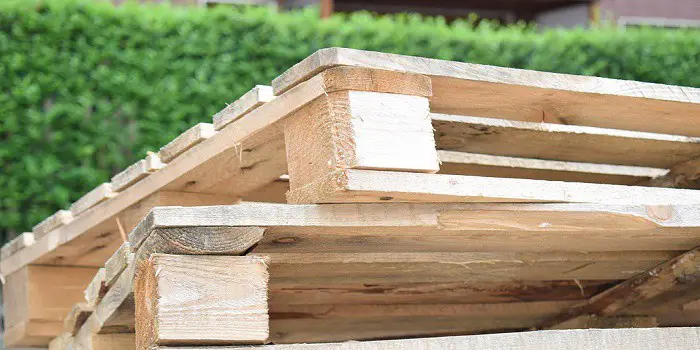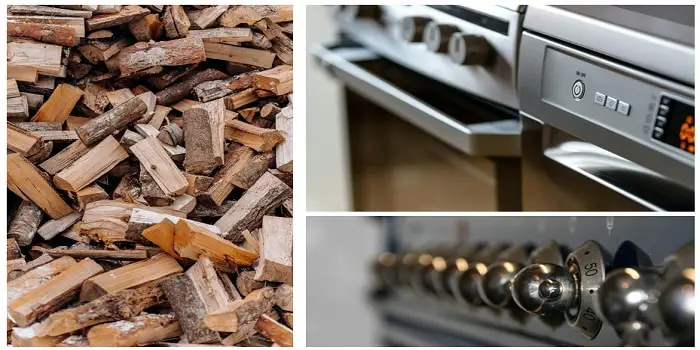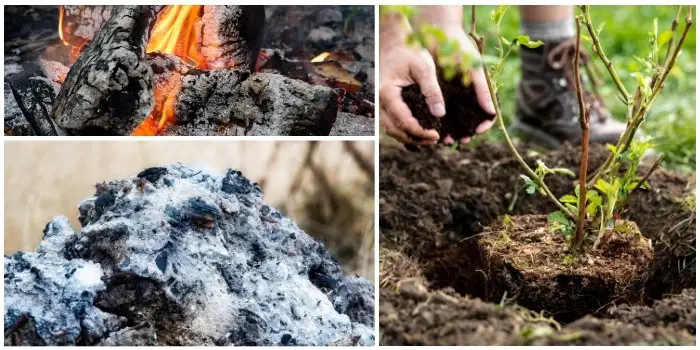
Wood is a valuable natural material that remains valuable even after combustion—its ash is a powerhouse for plant health.
One of the most effective applications of wood ash is as a natural fertilizer for fruit trees and many other growing plants.
Beyond potassium, wood ash delivers a broad spectrum of essential nutrients, including iron, calcium, phosphorus, magnesium, manganese, boron, zinc, molybdenum, and chromium. This nutrient-rich composition makes it an excellent soil amendment.
However, its nutrient concentration varies based on the type and age of the burned wood, with younger trees generally containing higher potassium levels. And to maximize benefits without overdoing it, the application should be measured and precise.
Here in this article, let’s explore further benefits, the plants that thrive with this organic boost and some that do not like wood ash at all.
Benefits of Wood Ash for Trees
Wood ash is more than just a leftover—thanks to its versatility and soil-enhancing properties it’s a nutrient-rich booster for growing plants and trees.
Packed with essential minerals, it strengthens root systems and enhances overall resilience. Plus, its natural alkalinity helps balance soil pH, creating an ideal environment for fruit trees, vegetables, and ornamental plants to thrive.
Below is a detailed breakdown of the advantages you get from using wood ash around your garden plants.
1- Regulates soil pH
Wood ash, rich in calcium carbonate, is an excellent soil amendment that provides alkalinity, making it ideal for fruit trees.
It creates a balanced environment by raising the pH level, particularly when the soil is too acidic. The ideal pH for fruit trees is between 6.0 and 7.5, and wood ash helps achieve this by neutralizing excess acidity.
Wood ash (that raises alkalinity and reduces acidity) is also a budget-friendly alternative where a costly go-to solution for balancing soil pH like lime cannot be used.
Although you’ll need about twice as much wood ash to match lime’s effectiveness, it remains a practical choice, easily sourced by burning wood in your fireplace or campfire. Whether purchased or homemade, it’s an economical and natural way to improve soil conditions without breaking the bank.
2- Great for composting and mulching
It’s also a great addition to the compost heap, especially when dealing with acidic fruit waste. A moderate amount can neutralize excess acidity without disrupting beneficial bacteria and worms.
This makes it particularly useful for fruit trees, root vegetables, and legumes like peas and beans. Apple trees, in particular, thrive when soil acidity is slightly reduced, making wood ash a valuable asset in maintaining a well-balanced garden.
Not only as a compost, wood ash is also a great mulching material that acts as a protective layer on the soil surface, conserving moisture, suppressing weeds, and regulating temperature. To target weeds effectively, apply a thick layer of ash in problem areas, such as along rock edges or structural walls, where plant growth isn’t desired.
3- Destroys pests in the garden and lawn
In addition to providing healthy nutrients, wood ash also contains elements that help prevent the infestation of pests and diseases.
There is salt in wood ash that dries out and destroys pests such as slugs, snails, and other invertebrates that are soft-bodied. The result is that such pests are desiccated when coming into contact with the salt.
The wood ash also masks the scent of certain plants, making it harder for insects (like grasshoppers, caterpillars, and cutworms) to locate.
However, you just need to keep in mind that moderation is key to avoiding disrupting soil balance while still keeping unwanted bugs at bay. Instead of dumping it all at once, you can keep the ash in a container and occasionally sprinkle it on a layer.
Some people recommend sprinkling this ash whenever you sow carrots or sprinkling it on turnips to keep flies away.
In order to make the most efficient application, use a rake and be sure you aren’t leaving it in little piles or lumps, or else the excess salt can seep into the soil and make it harmful to plants.
How much wood ash is good for flowering plants?
The right amount of wood ash to add to the soil at a time depends on your soil’s current pH, so testing before application is essential.
A pH testing kit from a garden center or department store can help you determine whether wood ash will benefit or harm your plants. With its reading, you’ll be able to determine whether or not applying wood ash would help or hurt your plants.
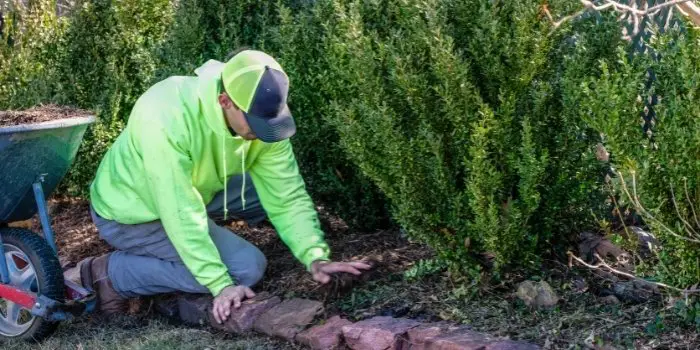
What Growing Trees Like Wood Ash?
There are many types of fruit trees and flowering plants that benefit from the addition of wood ash. Some of them include the following.
- Roses, lavender, phlox and common sage
- Arugula, basil, and asparagus
- Big Leaf Hydrangea
- Tomatoes and strawberries
- Dessert apples and redcurrants
- Pears, gooseberries, and blackberries
- Citrus trees, plums, apricots, cherries, and blackcurrants
Wood ash also helps broccoli and cauliflower become protected from clubroot disease. This means a good sprinkling of wood ash would be perfect. Plus, plants that need more potassium would benefit from wood ash as well. This includes plants that clearly have discolored or brown leaf edges, which indicates a lack of potassium in the soil.
Keep in mind that some fruits, such as berries, only need a little wood ash. Plus, there are fruit trees such as cherries, plums, and stone-fruit trees that grow quite well in slightly acidic soils. So, a dash of wood ash would be preferred for such trees.
To be on the safe side, you will want to test the soil first before adding any wood ash. If you find the soil too acidic, then adding some wood ash would be beneficial to almost all fruit trees.
Which Plants Do Not Like Wood Ashes?
Before you use wood ash in your vegetable garden or lawn, keep in mind that there are trees that do not like alkaline-dominant soil.
So, if the pH test shows that the soil is more alkaline than acidic, you probably want to avoid using wood ash. Only when the soil is acidic will a little bit of wood ash be beneficial.
Usually, acid-loving plants such as raspberries, strawberries, and blueberries do not love wood ash from firepits and stoves.
Ferns are other categories that thrive in acidic soil, and wood ash can raise the pH, making the environment less suitable for their growth. To avoid disrupting their natural habitat, it’s best to refrain from applying wood ash near ferns or in areas where they are already established.
You should also avoid spreading the ash around rhododendrons, hydrangeas, azaleas, camellias, holly, potatoes, parsley, and certain ornamental plants that prefer acidic soil conditions.
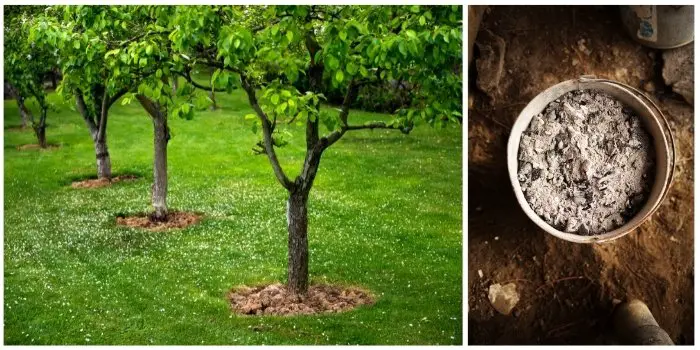
What is the Best Time to Apply Wood Ash?
Proper timing while putting wood ash ensures plants receive the benefits without disrupting their natural growth cycle. The ideal time, however, varies depending on plant growth stages.
- For new trees and plants like strawberries, add ash during planting to provide essential nutrients for quick establishment.
- For mature trees, apply at the start of the growing season to support peak development.
- Before flowering, a light application can encourage healthy blooms, strong root systems, and better fruit formation.
You can also make an “ash tea” and use it as mulch around tree roots and lawn grass, which not only nourishes the soil but also deters pests like slugs, snails, caterpillars, and grasshoppers.
In order to make this tea, put about five pounds of ashes into a burlap bag and tie it closed. Lower the bag into a 50-gallon garbage bin filled with a lot of water, as if you were dunking a large tea bag. Allow it to sit for four days. After this, you can put the tea in a watering can and pour about a cup of it on a plant like tomato once a week.
What Type of Wood Ash Should You Avoid Near Plants?
When using wood ash for flowering plants and growing trees, keep in mind that not all wood ash is the same. The kind of wood that is burned determines the nutrient content, so take extra care to figure out the source of the ashes.
Generally speaking, it shouldn’t kill the grass, crops, or edible plants in your organic garden, but if you aren’t careful with its application, it very well could.
Wood that was chemically treated, for example, will still contain elements that will be harmful to the soil. This is why you should avoid the following…
- Chemically treated wood
- Pressure treated wood
- Painted or stained wood
- Bonfires and wet ash
- Wood burned with cardboard, coal, or trash
In general, any wood ash you introduce as an alternative to bark mulch or as a fertilizer should be free of all chemicals or added elements. By including any of the aforementioned treatments, the ash will actually poison the soil instead of helping it to flourish.
You may also want to sieve the dry ash before you use it to filter out any large debris like charcoal. When doing so, avoid breathing in the dust. Wear a mask and limit exposure to the skin by putting on work clothes, gloves, and boots.
Furthermore, don’t leave the wood ash out in the rain. Otherwise, the potassium will become soluble and can easily leak out.
Final Thoughts
Wood ash from your fire pit is perfect to use around fruit trees and growing garden plants including roses. But before you apply wood ash to the soil, be sure to test its pH balance.
Soil that is mostly alkaline in nature probably would not benefit from the presence of wood ash. However, soil that is mostly acidic will respond positively to a sprinkling of wood ash. It will help most plants to ward off pests, weeds, and diseases while providing much-needed nutrients.
Share the post "Is Wood Ash Good for Flowering Plants and Fruit Trees?"

Hi, I am Mark Garner a professional carpenter, woodworker, and DIY painter. I live in the small city of Peoria, Arizona as a semi-retired woodworker. I have started this blog with a simple motive to help you with my wood experience in this sector. If you like to know more about what I love doing and how it all got started, you can check more about me here.

